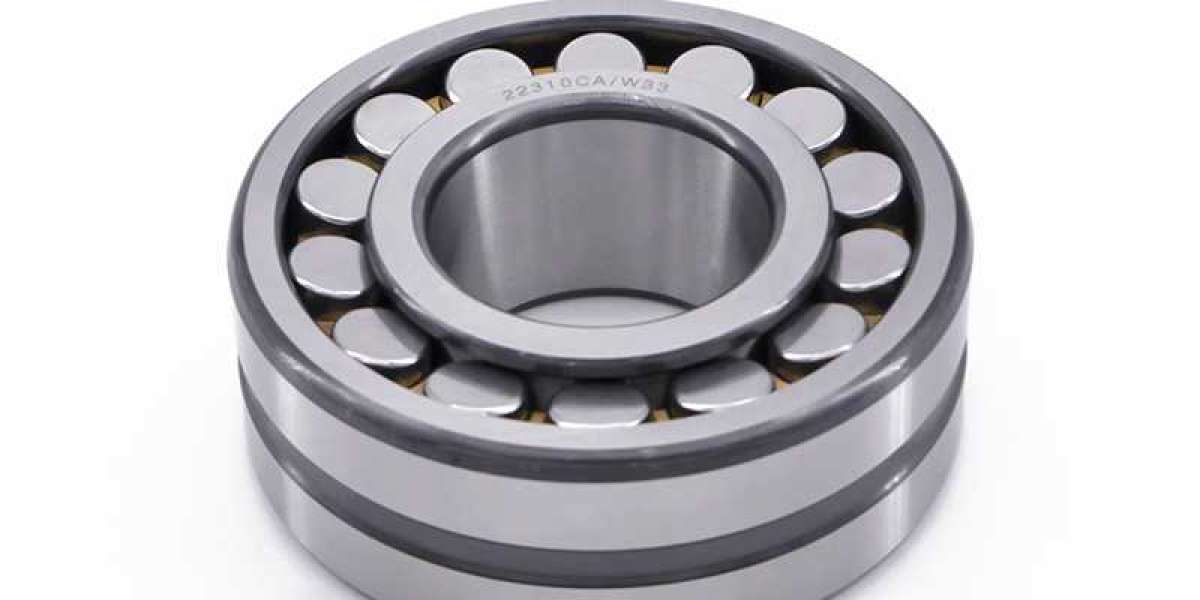One such component is the self-aligning ball bearing, which plays an important role in maintaining smooth and continuous operations. In this article, we’ll delve into the features and practical applications of these bearings and why they are a critical choice for modern machinery.
Understanding the Function of Self-Aligning Ball Bearings
Self-aligning ball bearings consist of two rows of balls and a spherical outer ring that allows for automatic alignment correction. Unlike traditional bearings, which require perfect alignment to function properly, self-aligning ball bearings can accommodate small misalignments between the shaft and housing. This feature makes them highly effective in applications where alignment can fluctuate due to operational conditions.
How These Bearings Improve Machinery Performance
The primary benefit of self-aligning ball bearings is their ability to adjust to misalignment without causing excess wear. This reduces the likelihood of bearing failure, extends the lifespan of the bearing, and ensures the machinery runs smoothly even when alignment issues occur. This feature is particularly valuable in high-load environments where misalignment is more likely to occur.
Common Industries Using Self-Aligning Ball Bearings
The versatility of self-aligning ball bearings makes them suitable for many industries. Some key examples include:
Agriculture
Agricultural machinery, including tractors and harvesters, often operates in challenging conditions. The ability to handle misalignment ensures that the equipment runs efficiently without frequent maintenance.Construction Equipment
Heavy construction machinery, such as cranes and excavators, frequently deals with vibration and uneven loads. Self-aligning ball bearings provide the necessary flexibility to ensure the equipment operates without unnecessary stress on its components.Energy Production
In power plants, turbines, and other energy production machinery, self-aligning ball bearings help keep critical components functioning optimally, even under varying load conditions.
Advantages of Self-Aligning Ball Bearings in Modern Machinery
Longer Operational Life
By compensating for misalignments, these bearings reduce friction and wear. This not only extends the life of the bearing but also reduces the likelihood of failure in the machinery it supports.Reduced Downtime
Self-aligning ball bearings can reduce the frequency of maintenance and downtime required to realign machinery, keeping production lines running efficiently for longer periods.Enhanced Reliability in Harsh Conditions
These bearings are particularly well-suited for environments where misalignment may occur due to thermal expansion, heavy loads, or vibration. Their ability to withstand such conditions makes them a reliable choice for critical applications.Cost-Effective Solution
By reducing the need for realignment and minimizing wear on machinery components, self-aligning ball bearings help cut maintenance costs and improve the overall cost-effectiveness of industrial operations.
Conclusion
Self-aligning ball bearings provide an innovative solution to alignment issues that can impact machinery performance. Their ability to adapt to misalignment, increase load capacity, and reduce maintenance needs makes them a critical component in modern industrial applications. To see how self-aligning ball bearings can improve your machinery's efficiency, consider incorporating them into your next design or project.








